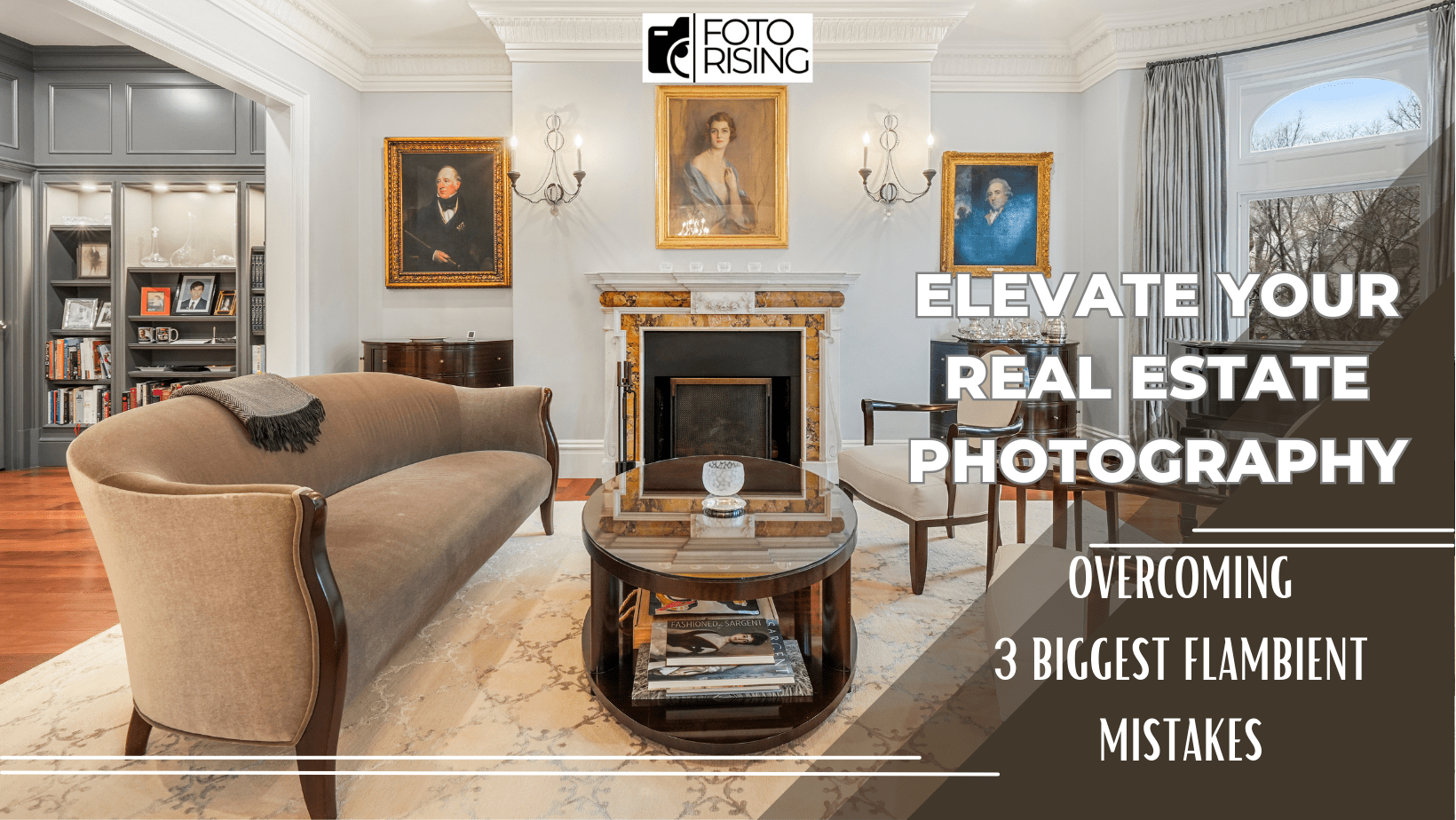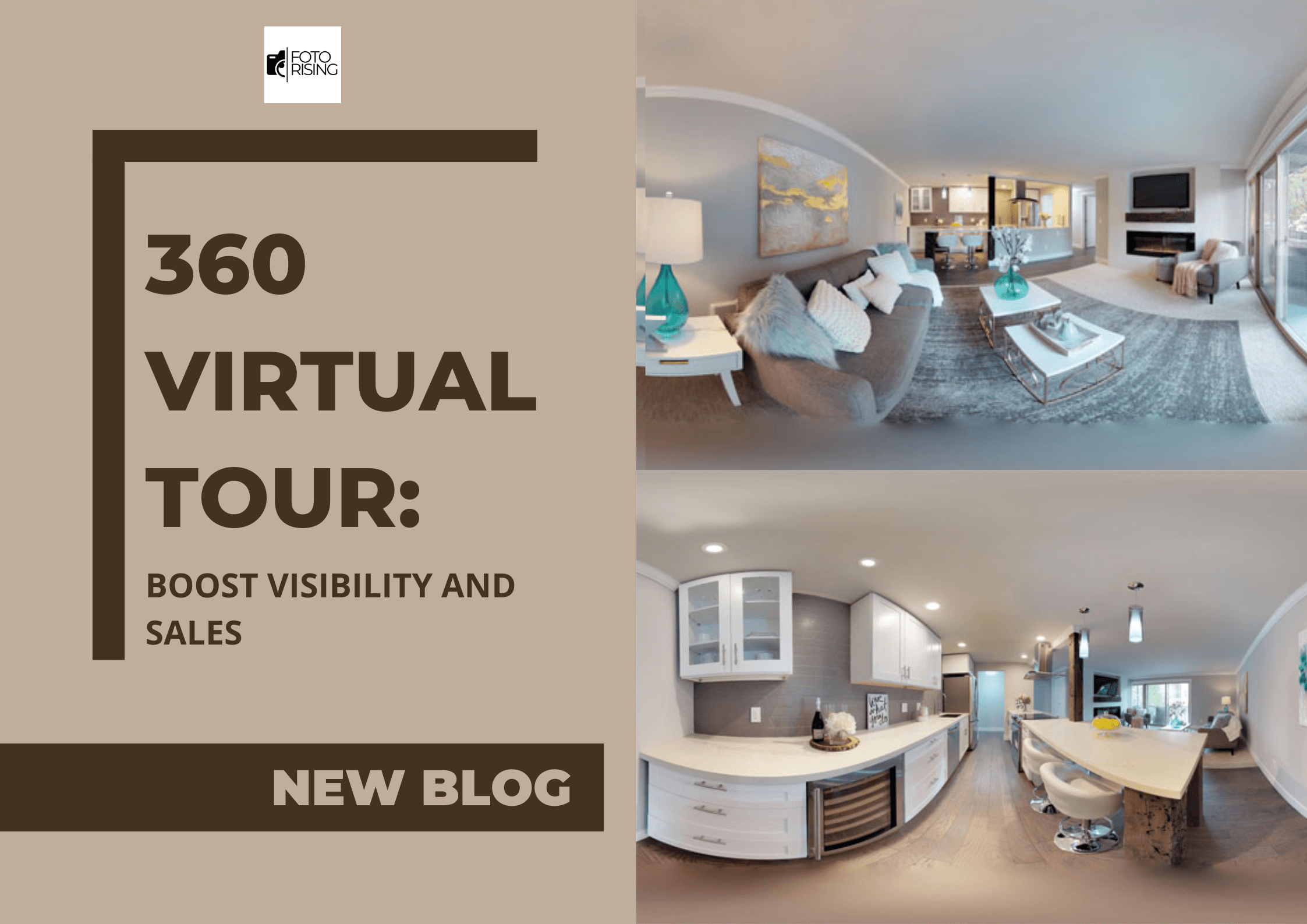Search Blog
Hit enter to search or ESC to close
Trending Now
3 Biggest Mistakes in Flambient Real Estate Photography – How to Master?
- Get link
360 Virtual Tour: Boost Visibility and Sales
- Get link
- Get link
In today’s digital-first property market, a photo can truly make or break a real estate listing. Most agents and photographers understand the importance of compelling visuals. However, fewer are aware of the HDR real estate photo editing technique, which is quietly transforming the way properties are showcased online.
At Fotorising, we aim to share useful, up-to-date information for photographers, videographers, and real estate professionals alike. In this article, we’ll explore what HDR editing is, when and why it should be used, and how it can become the secret ingredient that helps your listings stand out in a crowded market.
What Is HDR Real Estate Photo Editing?
HDR stands for High Dynamic Range. It is a technique that combines multiple exposures of the same scene, typically including one underexposed, one correctly exposed, and one overexposed image, into a single, well-balanced photograph.
The primary purpose of this method is to preserve detail in both the brightest and darkest parts of an image. This is particularly valuable in real estate photography, where lighting conditions often vary significantly within a single room. For example, strong natural light pouring in from windows can clash with softer interior lighting, creating harsh contrasts that standard photos cannot accurately capture.
As a result, images without HDR processing often suffer from issues like blown-out highlights, deep shadows, or a flat, lifeless appearance. By contrast, HDR photo editing produces vibrant and natural-looking images that reflect the full range of light in the scene. This makes the space look more inviting and more true to life, helping potential buyers visualize it more effectively.
Why HDR Real Estate Photo Editing Is Important
1. Balanced Lighting
One of the biggest challenges in photographing interiors is dealing with mixed lighting conditions. Fortunately, HDR helps solve this problem by preserving details in both the brightest and darkest areas of a photo. As a result, the entire room appears more visible, balanced, and naturally lit.
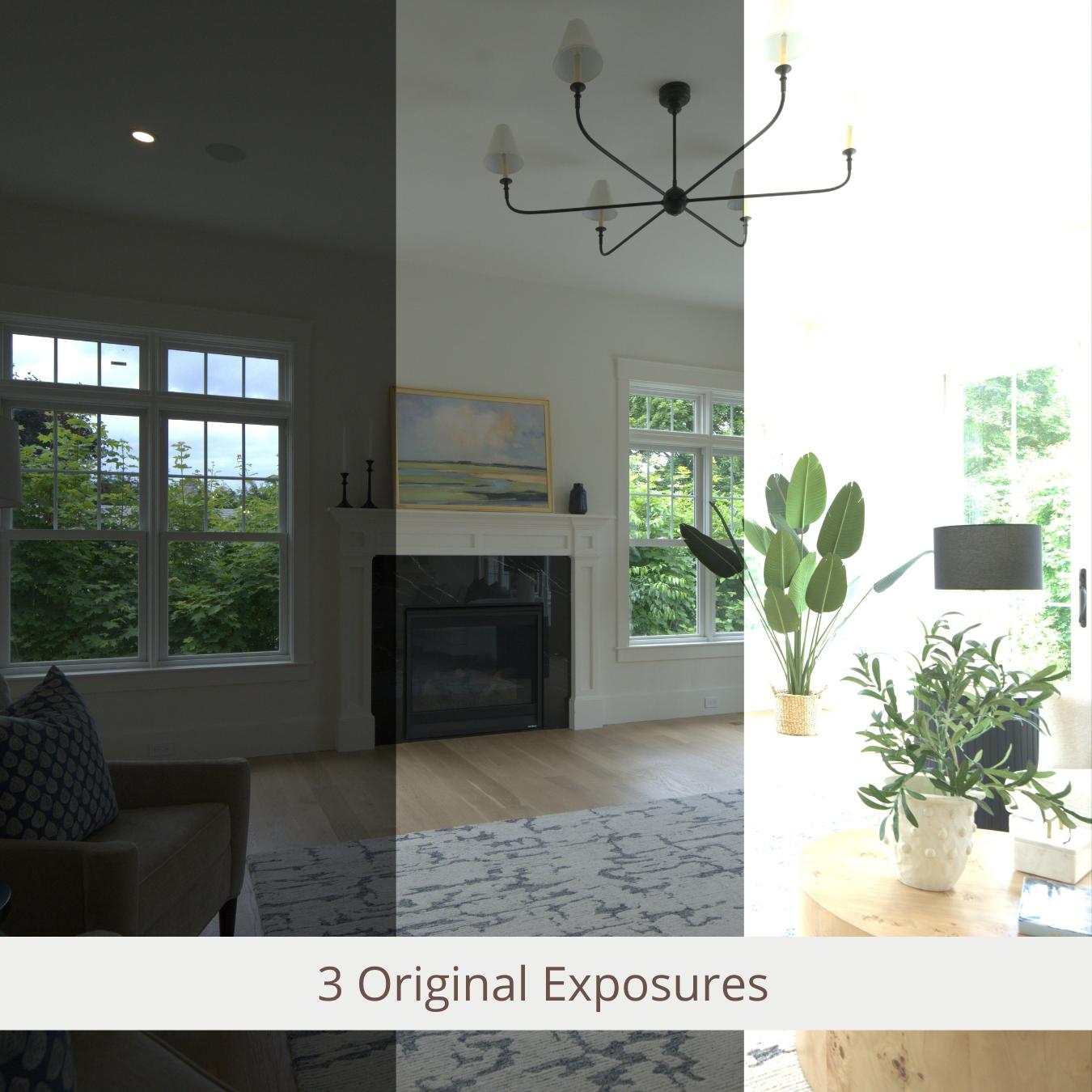
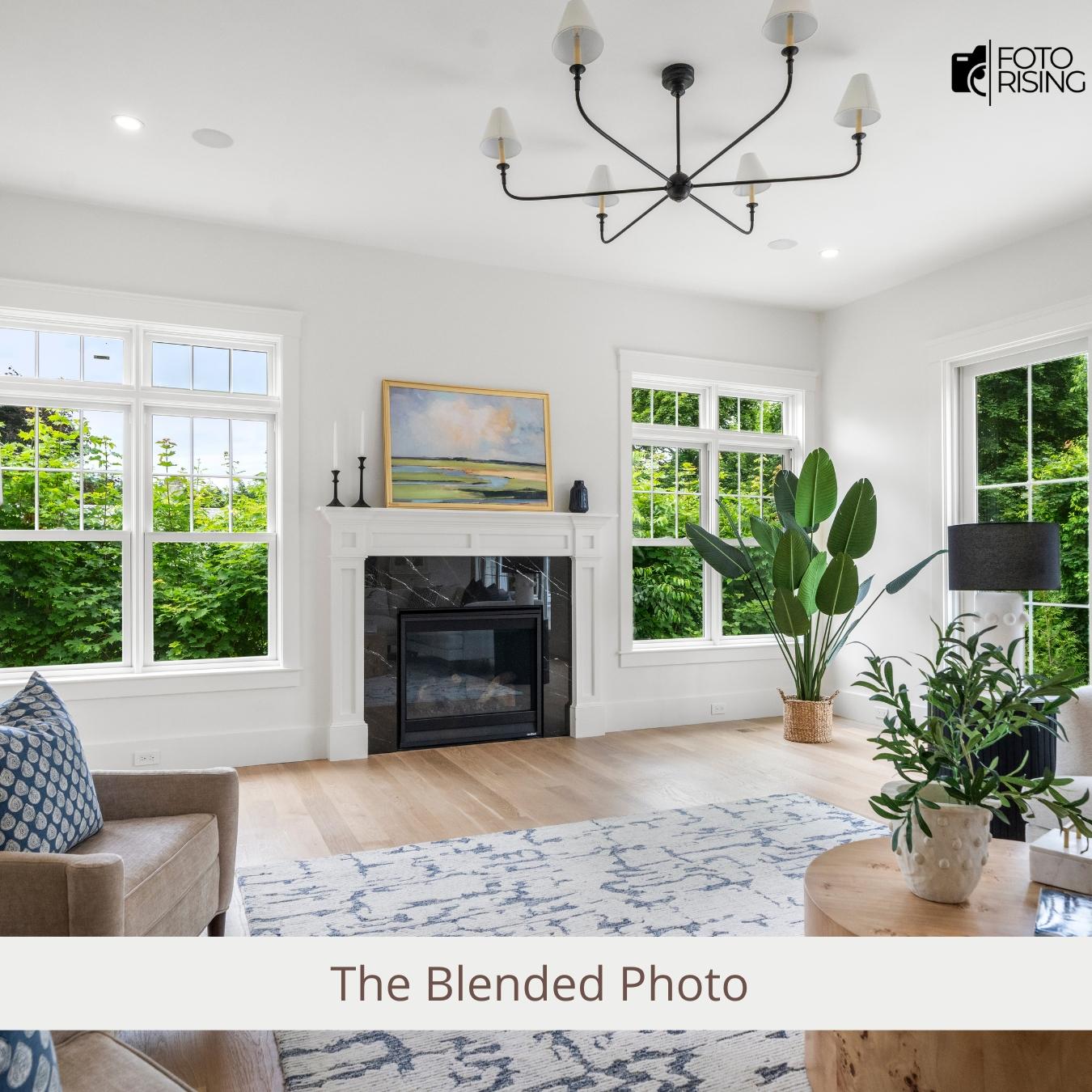
2. More Realistic Images
In today’s market, buyers are drawn to visuals that feel true to life. Instead of relying on artificial lighting or heavy editing, HDR editing captures what the human eye naturally sees, including depth, color, and contrast. This leads to images that are both visually appealing and trustworthy.
3. Higher Engagement
Moreover, studies have shown that listings with high-quality images attract significantly more attention online. Visually well-presented properties tend to receive more clicks, longer viewing times, and increased engagement overall. This ultimately improves the likelihood of a successful sale.
4. Consistency Across Shoots
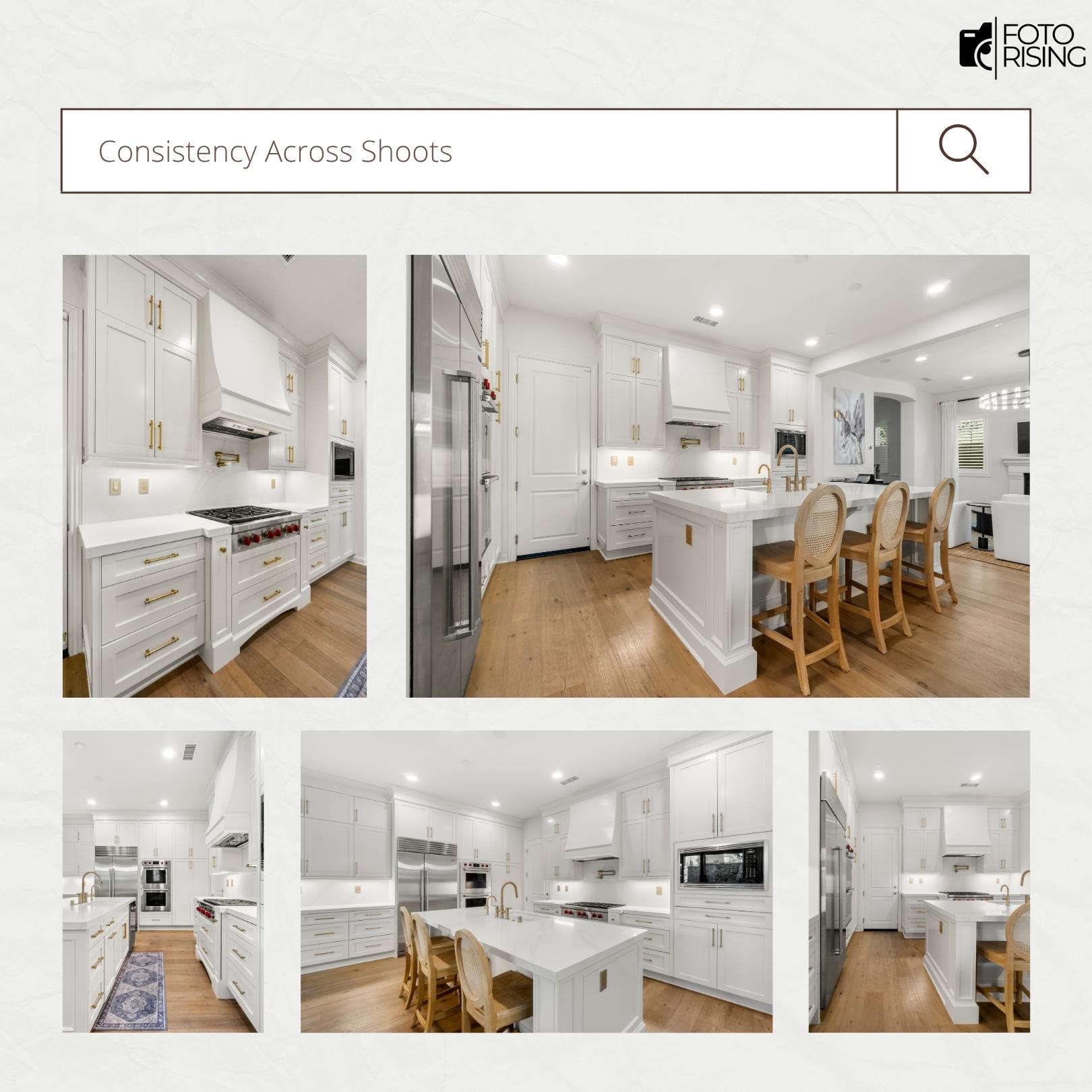
Additionally, HDR techniques enable photographers to maintain a consistent visual style across various properties and lighting conditions. Whether you're shooting during the day or at dusk, in sunny weather or cloudy skies, HDR ensures your photos retain a cohesive and professional look.
When to Use HDR in Real Estate Photography
HDR is particularly helpful in several common real estate photography situations. For instance, it is highly effective when photographing:
- Bright interiors with large windows, such as living rooms and kitchens
- Dim or unevenly lit rooms
- Properties taken on cloudy or overcast days
- Exterior shots that include deep shadows or bright skies
- Virtual tours or 3D walkthroughs that require consistent lighting across frames
However, HDR is not always required. In some cases, a room with balanced, natural lighting and minimal contrast can be captured perfectly with a single exposure. Therefore, understanding when to use HDR, and when to skip it, is essential for achieving the best visual results without overprocessing your images.
Common Mistakes to Avoid with HDR Editing
Like any editing technique, HDR real estate photo editing can be incredibly effective, but only when used properly. While it has the potential to significantly improve image quality, poor execution or overuse can easily have the opposite effect.
To avoid common pitfalls, here are a few mistakes that photographers should watch out for:
- Over-saturation: Colors that look too vibrant may seem unnatural.
- Ghosting: Caused by movement between exposures (e.g., blowing curtains or moving people).
- Flat lighting: Sometimes HDR flattens shadows too much, removing depth and contrast.
- Overuse of software presets: Relying too heavily on automated tools can result in an unnatural or exaggerated look.
Instead, aim for a natural look that enhances the space without drawing attention to the editing itself. In most cases, the best HDR edits are the ones that go unnoticed, where viewers simply see a beautifully lit and inviting space.
Read more at: 3 Biggest Mistakes in Flambient Real Estate Photography – How to Master?
Useful Tips for Real Estate Photographers
If you want to improve your HDR real estate photo editing workflow, especially as a real estate photographer, there are several best practices that can help you get better results from the very beginning.
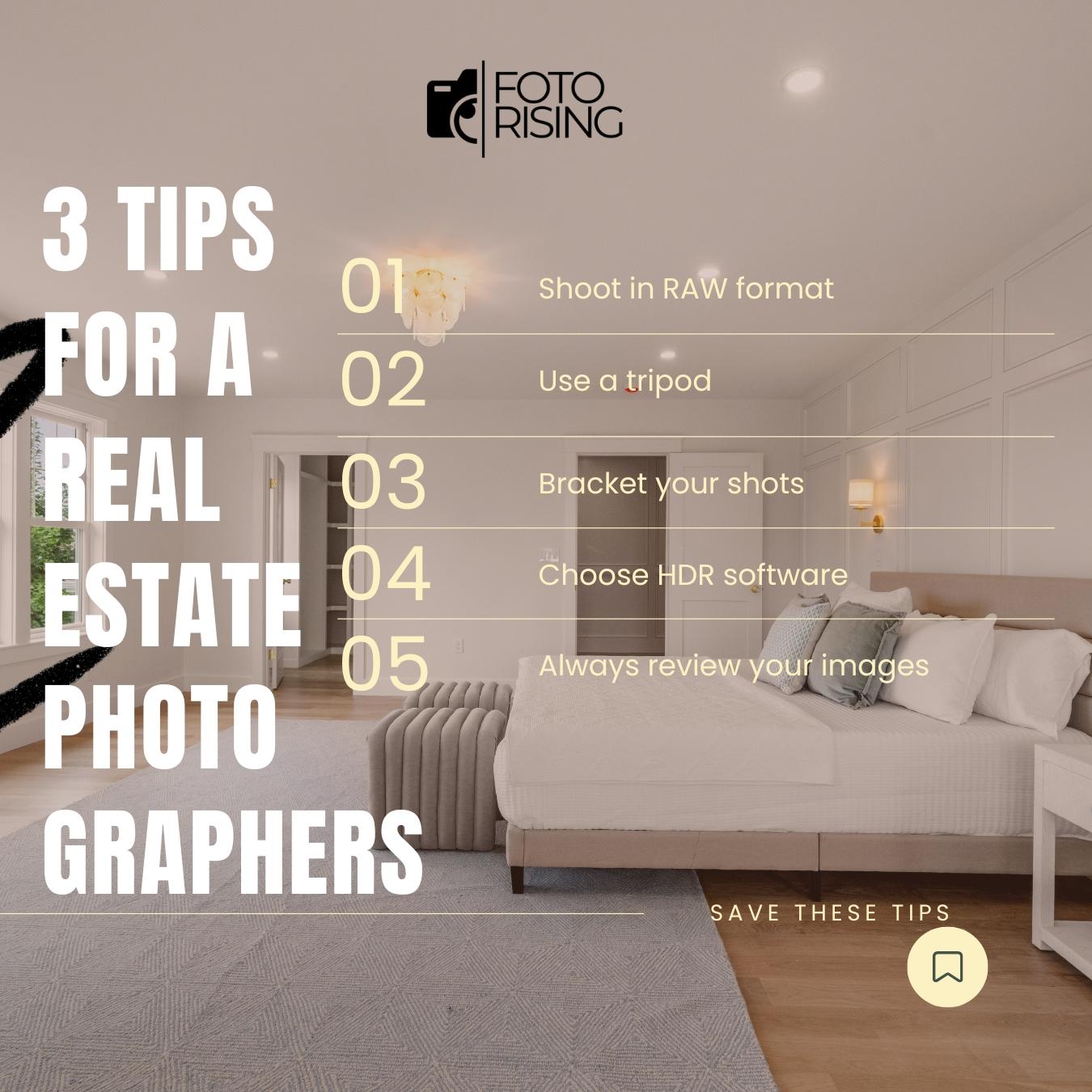
To start with, consider the following tips:
- Shoot in RAW format to retain as much image data and detail as possible for post-processing
- Use a tripod to keep your framing consistent across multiple exposures
- Bracket your shots by capturing 3 to 5 images at different exposure values (EV), so you have enough dynamic range to work with
- Choose HDR software that gives you manual control over exposure blending and tone mapping
- Always review your images on a calibrated monitor to ensure accurate colors and contrast
In addition, many professional photographers and editors rely on tools like Adobe Lightroom, Photomatix Pro, or Aurora HDR for more precise adjustments and fine-tuning during the editing process
Final Thoughts
In a space where visual presentation is everything, HDR real estate photo editing is a powerful way to ensure your listings are clear, consistent, and compelling. While it’s not a one-size-fits-all solution, knowing how and when to use HDR can significantly improve your photos and help potential buyers truly see the full potential of a space.
Whether you're a seasoned photographer or just starting out, mastering HDR techniques will add serious value to your real estate photography toolkit.
Read more:
10 Best Photo Editing Programs for Real Estate in 2024
HDR Real Estate Photography- How Many Exposures Are Preferred?
Is Virtual Staging the Ultimate Real Estate Selling Tool?
You May Also Like
10 Best Photo Editing Programs for Real Estate in 2024
- Get link
3 Biggest Mistakes in Flambient Real Estate Photography – How to Master?
- Get link
360 Virtual Tour: Boost Visibility and Sales
- Get link


